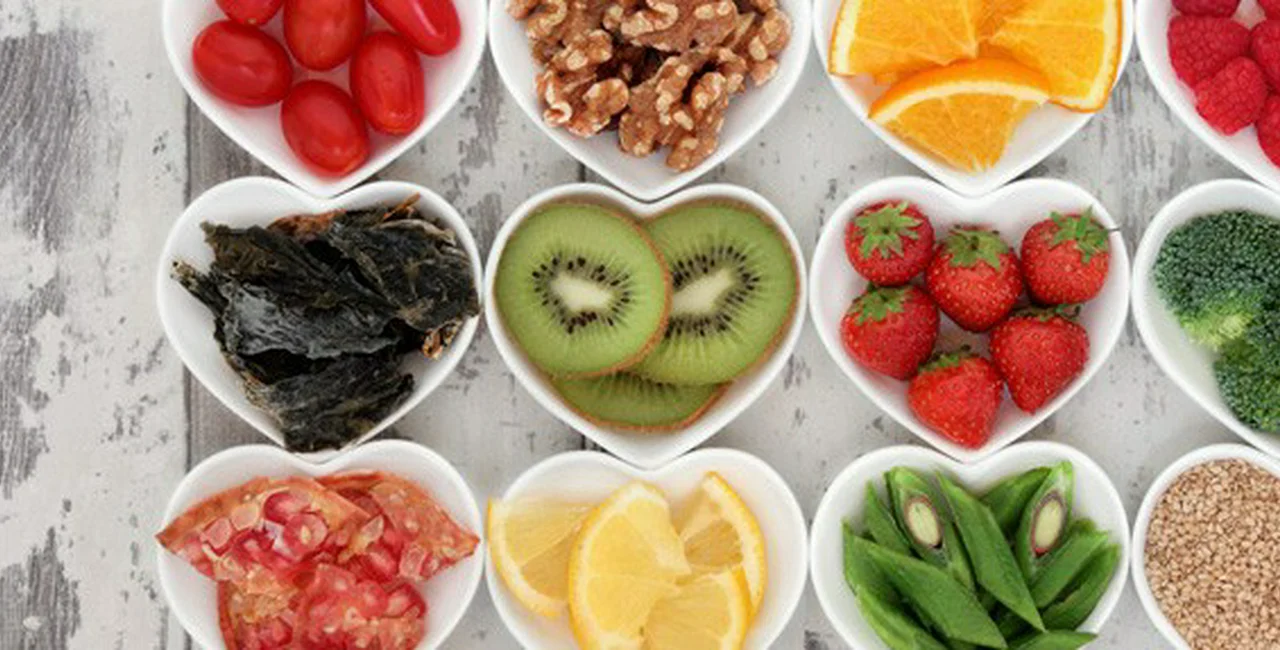With Jack Frost nearly nipping at our noses; it is time to hunker down for the long cold winter. We are thinking warm thoughts and warm drinks; and to cope with the darkness, alcohol. In this particular instance, svařák, or svařené víno. Mulled, or hot wine, will miraculously begin appearing in restaurants and, as holiday markets start to open, nearly every corner will boast a svařák booth as well. Svařák is not a traditional Czech drink, but one that is popular throughout Europe (especially the colder countries) in one form or another.
Mulled simply means heated and spiced. So you can have mulled wine, mulled cider, mulled mead, etc. No one knows the true history of mulled wine, but there was medieval mention of Ypocras or Hipocris named after the physician Hippocrates. These drinks were thought to be healthy and served as tonics in the Roman Empire. Fast forward to around 1500 and British cookbooks speak of mulling Clarrey. This was Bordeaux wine infused with honey, cinnamon and cardamom. Those Victorian English enjoyed their mulled wine, and even served a version of it, called Negus, at children´s birthday parties. If you boil the wine when making it, you can burn off the alcohol and I´m sure that´s what the Victorian parents did before serving it to a bunch of hyped on cake 5-year-olds. Most likely, the drink got its origins from wine sellers who found themselves with some spoiled product. These innovative manufacturers heated their sour merchandise, flavored it with honey and spices and ta-da, a new drink was born.
No matter what European country you find yourself in around the holidays; you are bound to come across a local version of their mulled wine. The Swedes serve glogg, while the Germans enjoy gluhwein. The French sip vin chaud and the Poles polish off grzane wino. The Hungarians brew up forralt bor and the Italians hand round vin brule. While the basis of mulled wine is nearly the same for everyone, regional differences give each one a special taste. The Swedes add raisins and almonds to there´s, as well as more sugar than most and usually a bit of extra alcohol like vodka or cognac. In Germany, you´ll find a lighter, less sweet version. Gluhwein has less sugar than glogg and more spices like nutmeg, clove and cinnamon.
Lukáš Merta is the sommelier at the Hilton Prague´s CzecHouse restaurant. We went to him for some insight into the Czech version of mulled wine. He believes it is more of a Christmas tradition in the Czech Republic and while it is occasionally made at home for parties; it´s more often a drink sampled while out in the cold; at Christmas markets or perhaps while skiing. When it comes to making it, he says everyone has their own style. It´s best probably to experiment a bit to find a taste to suit you. Merta says usually a low quality wine is used in making svařák, and while either red or white wine can be used; most common is red. He says it is important not to boil it as not only will the alcohol burn off, but the wine can separate and it won´t be as tasty. When you combine all your ingredients, allow them to warm and leave it long and slow. Merta says this will give the herbs time to flavor the wine. Most recipes don´t call for additional alcohol to be added; but if you´d like a little more tingle in your toes; Merta recommends a neutral alcohol, like vodka. Rum is sweet, so if you prefer a sugary drink, you could add that. To make it truly Czech, Becherovka could probably be added as well.
Here, Merta shares a recipe for a basic svařák:
- 1 liter red or white wine
- 8 decagrams sugar
- 1 cinnamon stick
- 5 cloves
- Half a lemon
Heat all ingredients until hot, do not boil. Slice the lemon into the pot after, and serve.
For a fruity version:
- Half a bottle red wine
- Half a box grape juice
- 3 cloves
- 1 cinnamon stick
- Sugar
- ½ grated orange rind
Heat all ingredients, and let cool. Add sugar to taste, and juice from the orange as well, if desired. Reheat and serve.
British recipes often call for brandy to be added. Here´s a basic brandy mulled wine recipe.
- 3 cups water
- 1 cup sugar
- 1 lemon peel
- 1 cinnamon stick
- 15 cloves
- 1 bottle red wine
- ¼ cup brandy
Simmer all but wine and brandy in a cooking pot for 10 minutes. Add in the wine and heat back up until warm to the touch. Do not boil. Add in brandy and let sit for a while to absorb the flavors. Serve warm.
For a classic Swedish glogg with vodka, try this:
- 1 bottle red wine
- 3 tbsp Madeira
- ½ cup sugar
- 1/3 cup raisins
- 2 sticks cinnamon
- 6 whole cloves
- 1 orange peel
- ¼ cup blanched, slivered almonds
- ¼ cup vodka
Combine everything but vodka in a large pot. Simmer for 2-3 hours. Just before serving, add in vodka.
Other cooking tips: use a stainless steel pot. If you have leftovers first strain out any fruits you may have added and then keep in the fridge to be reheated later. It should last a couple of days. Sweetness and spiciness is a personal choice so feel free to play with various recipes. Taste regularly throughout the heating process to see if any ingredient needs to be altered. While you can skimp on your wine; choose good quality herbs and spices.
If you are planning a holiday party; svařák is an excellent drink to serve as not only is it festive and warm; but also fills the house with a lovely Christmassy smell. If you are planning a large party, perhaps you can adapt British Admiral Edward Russels´ recipe. He made this version for a small get together he hosted in Alicante, Spain in 1694 for 6000 guests. Using 600 bottles of rum, 600 bottles of brandy, 1200 bottles of malaga and several tons of boiling water; he then spiced his brew with 200 ground nutmegs, 600 pounds of sugar and the juice of 2600 lemons. His punch bowl? A marble fountain.
Can you really consider mulled wine a health drink like the ancient Romans did? Well, antioxidants in red wine have been linked to a reduction in heart disease, diabetes and dementia. And if you add slices of orange or lemon to your version, those fruits have Vitamin C. So what the heck – brew up a pot and enjoy! Na zdraví!












 Reading time: 5 minutes
Reading time: 5 minutes 

















